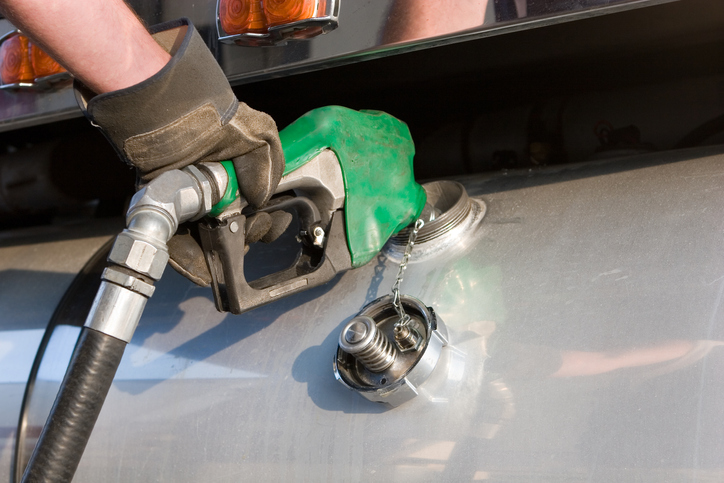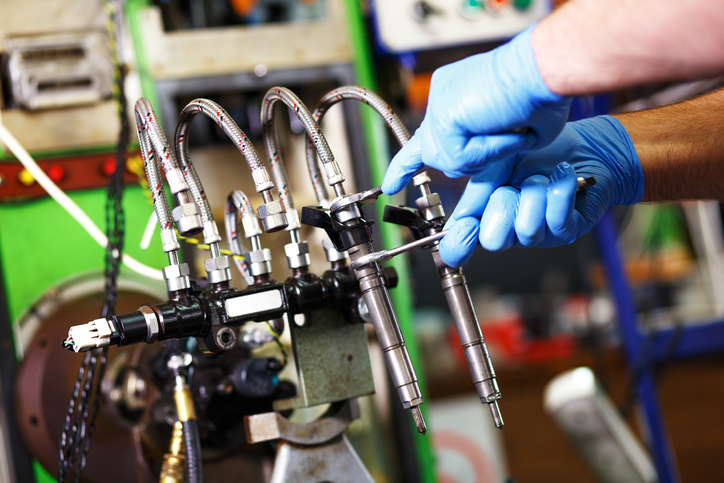A bit of basic understanding of engine mechanics is useful when discussing diesel fuel injections. This term is sometimes thrown around in a vague sense, not directly referring to the specific mechanisms of the injections. But don’t worry, in this brief guide, we’ll introduce you to fuel injections and give you the scoop on how to recognize and work with these systems so you have an understanding before you start your automotive course.
In general, the performance of a diesel engine is highest when the amount of diesel being burned is maximized. You’ll commonly see diesel engines in large trucks, and will likely come across them in your time as a mechanic. Learning how to properly maintain a diesel engine can save time and money in the long run as you keep the vehicle up and running smoothly, which will benefit your future clients. Read on to learn more details about diesel fuel injections and why they’re needed.
Purpose of Diesel Fuel Injections
The biggest advancements in the functioning of diesel engines came when superior fuel injection techniques were developed and implemented. If you’re pursuing an automotive mechanic career, you’ll want to know the purpose for these systems as well as their progression as technology advances. The main purpose of a fuel injection system is to deliver fuel to the cylinders of the engine. The way these systems deliver the fuel results in differences in engine performance, emissions, and noise.
The diesel fuel injection system delivers extremely pressurized fuel to the cylinders in the right amount, at the right time. These deliveries ensure that the engine can make efficient use of the fuel. Aside from basic fundamentals of the automotive industry, you will also get to learn in-depth about the operation and servicing of these fuel injection systems when you pursue your mechanic education.

Basic Fuel System Components to Know for Automotive College
If you’re interested in automotive college, then you love getting to the details of these mechanical systems. There are two major component groups in the diesel fuel injection system that you should be familiar with, which are the low-pressure side components and high-pressure side components.
The low-pressure side components include the fuel tank, fuel supply pump, and fuel filter. These act not only to deliver fuel from the tank to the injection system but do so safely and reliably. The high-pressure side components include the pressure pump, fuel injector, and fuel injection nozzle. These all create the high pressures needed, meter the fuel, and deliver it to the combustion chamber. Having this background knowledge of each component will help you feel confident when you get to work on the job as a mechanic!

Two Different Types of Fuel Injections
The diesel fuel injection systems can either be indirect or direct injections. In the indirect system, the injector sprays the fuel in the prechamber. This prechamber has a glow plug mounted inside of it, which heats the area during cold starts. The diesel injector inside the prechamber then injects the fuel, and the circular movement of the fuel due to the pistons allows the fuel to mix with the air and form a charge, create compression, and cause it to ignite.
The direct system differs as the injectors spray the fuel directly inside the chamber from the beginning. No glow plug is needed, and fuel is better delivered inside the engine. The only air mixing with the fuel is that brought in from the intake valve, creating a better air-fuel mixture. This will be helpful to know during your mechanic training, because a well-mixed charge allows for better and more efficient combustion with better cold-start capabilities. The direct injection method is what is most commonly used in newer cars, as opposed to the indirect method which is now somewhat outdated.
Interested in starting mechanic school?
Contact CATI to learn more about our programs.

